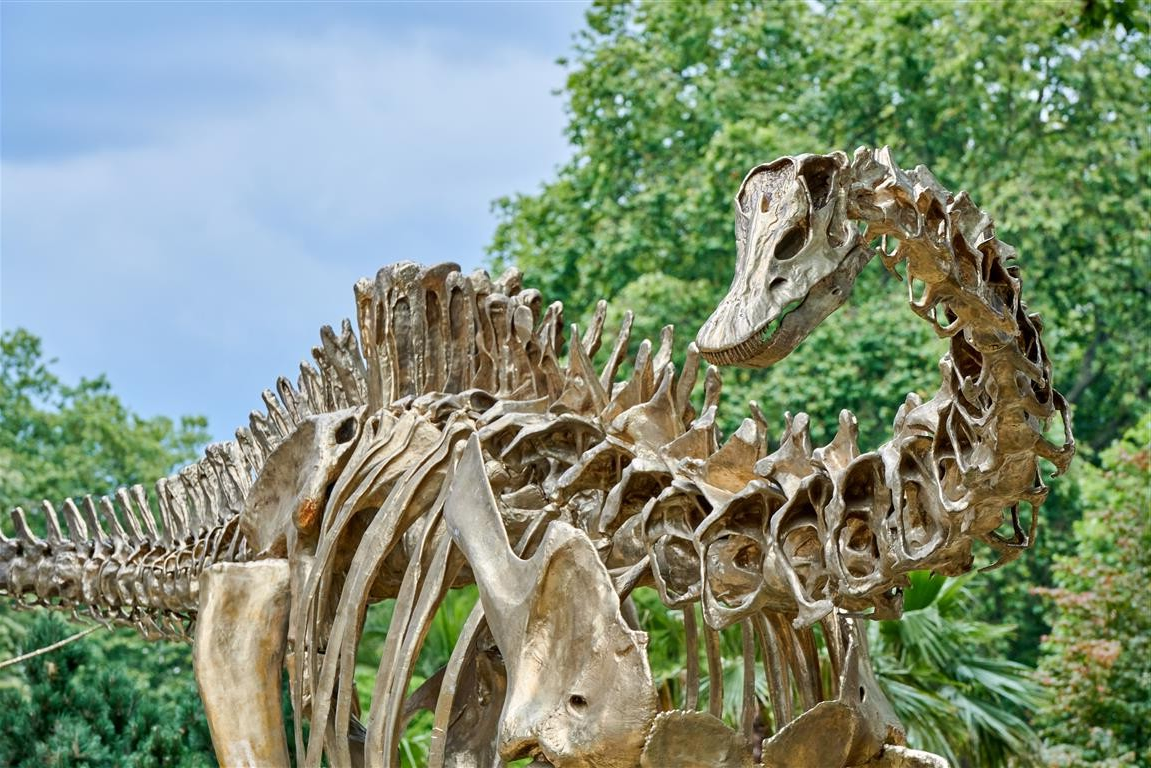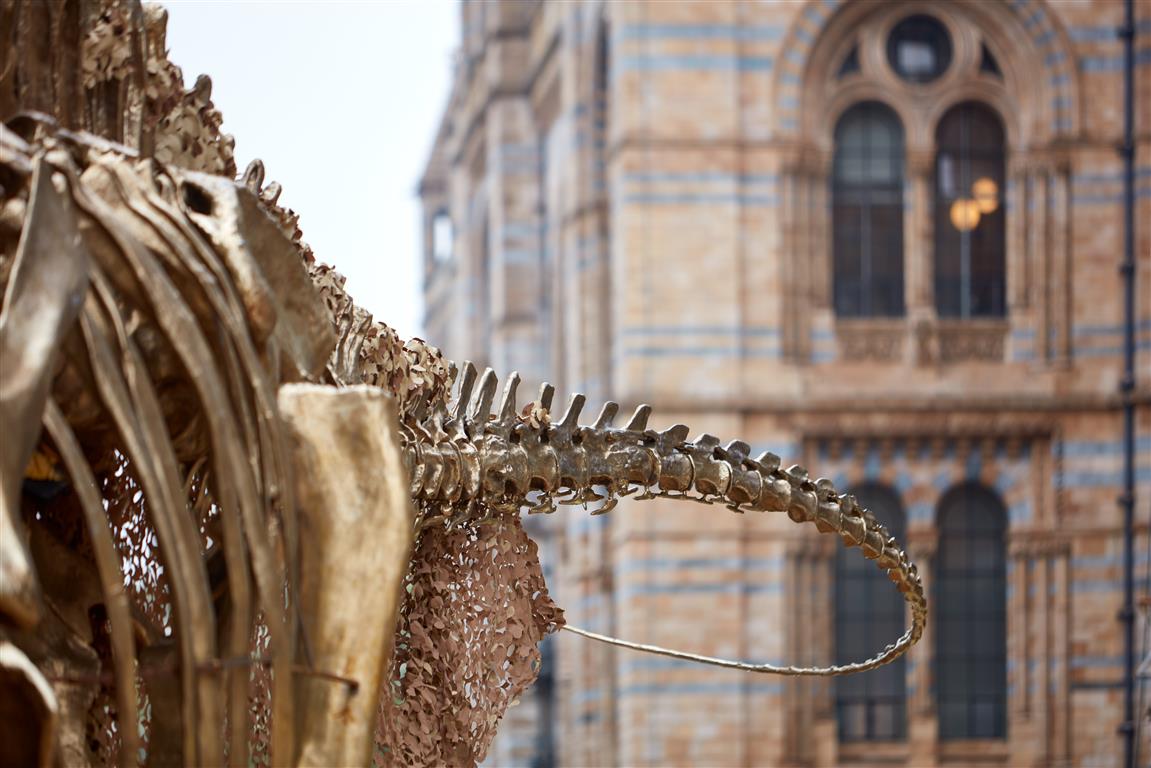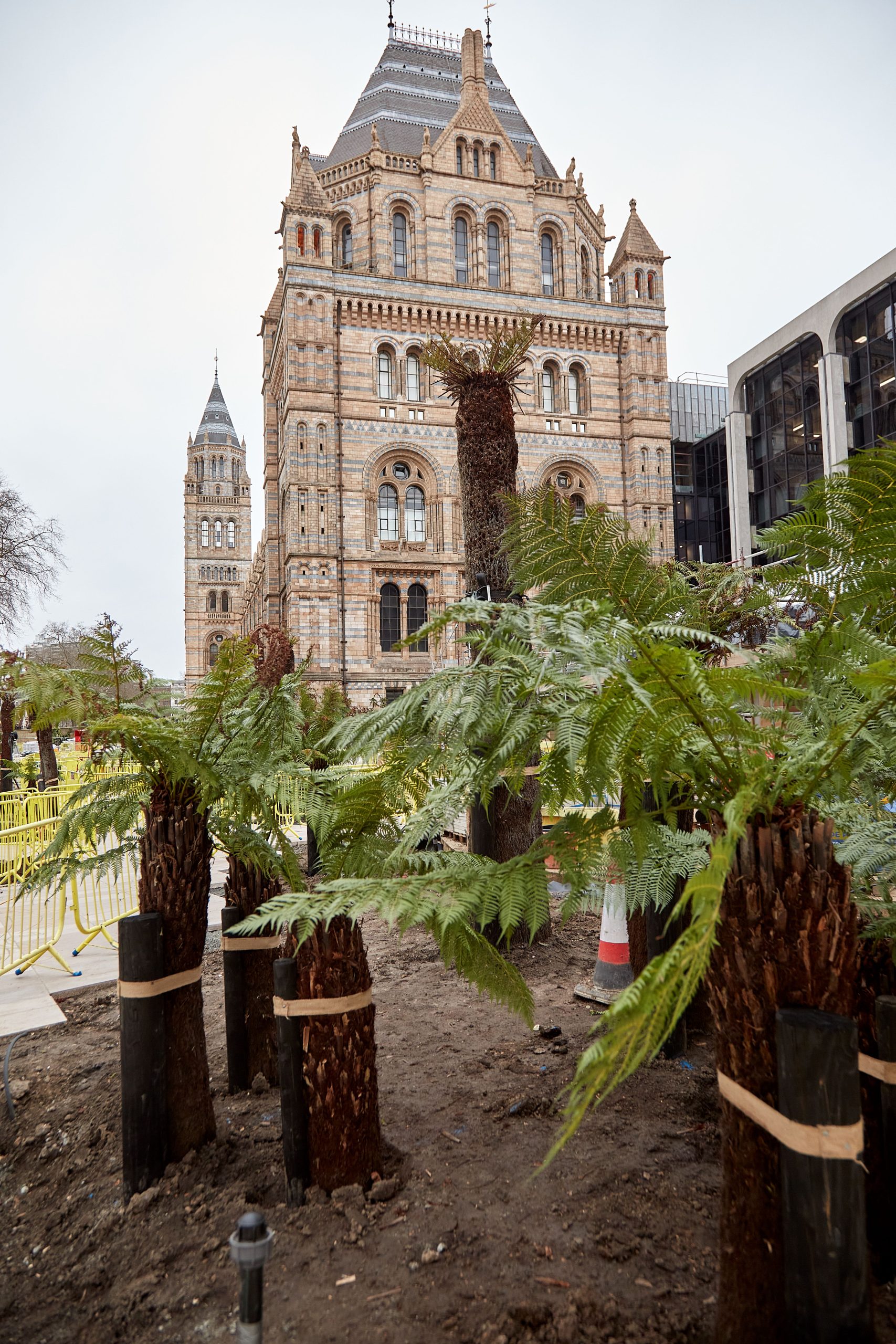Incorporating biodiversity projects into commercial real estate adds social and community value, as well as halting biodiversity loss. In a drive for engagement with the natural world, Workman has created a Biodiversity Toolkit to demonstrate that it’s possible to increase biodiversity in even the most concrete of built environments. It’s not too late to make a difference, and here’s how…
Building Biodiversity in 10 steps
Having spent a year working from home due to the pandemic, urban dwellers have found increased value in nature on their doorsteps, with many keen to replicate a natural environment in their wider urban environment. Environmental challenges such as halting biodiversity loss in urban areas have taken on new meaning; inspiring work such as the Natural History Museum’s Urban Nature Project, a national drive to re-engage people with urban wildlife and the wider natural world.
It’s not too late to make a difference, and here’s how…
1. Grow your own: create an allotment

Where there is space, either roof space or corners of vacant external space, consider creating allotments specifically for community groups or occupiers to use.
With a continued focus on reducing carbon impact, the Workman team at Prospect Shopping Centre created a rooftop allotment. Having already achieved Gold in the Green Achiever Scheme, the team wanted to encourage groups of green-fingered volunteers to create the first rooftop allotment in Hull, and to help people think about food “from field to fork”.
The community-led project now boasts more than ten plots where produce is grown and harvested. The team has collaborated with local organisations including homeless charity Hull Harp and community work placement project The Work Company. Through this partnership, bedding plants for summer hanging baskets will be grown in the Centre’s allotments, delivering an annual saving of £3k.
2. Get the buzz: get a beehive

Beehives can increase biodiversity, while also providing community links. However, their location must be carefully considered, and specialist risk assessments carried out.
At Roaring Meg Retail Park in Stevenage, an area of woodland provided great potential and was confirmed by specialist beekeepers as an appropriate space in which to place two beehives. The woodland was an ideal size for a biodiversity initiative; large enough to support a project that would be of interest to Roaring Meg’s new and existing customers, but it was small enough to be managed on a day-to-day basis by the Workman team.
Roof locations can also be an option for beehives, with specialist consultants and beekeepers either providing a fully managed service or providing set-up and support with maintenance regimes. Plus, honey produced by the beehives can be bottled and sold, usually to raise funds for a nominated charity.
3. From gloom to bloom: plant wildflowers

Wildflower projects can range from small patches to large swathes of meadow or corridor. Maintained amenity grassland can be converted into a wildflower meadow through reduction in frequency of mowing and sowing of wildflower seeds. Although this means an initial financial outlay, it reduces annual costs as there is less ongoing maintenance.
At Sheffield’s Crystal Peaks retail park, a Wildflower Corridor has been created, offering a wide range of opportunities for community green space and biodiversity enhancements. Here, the Workman team has created a legacy project to make significant and quantifiable improvements to the green spaces in and around the Crystal Peaks area.
The project, which is ongoing and expanding thanks to Sheffield City Council, has not only enabled Workman to foster relationships between the local authority and the retail park, it has also enabled outreach work with local schools.
4. Make a creature feature: open a bug hotel or hedgehog hide

Bug hotels, bird boxes and hedgehog boxes can be located around service yards and in landscaped areas, in order to increase wildlife activity. The introduction of wildlife cameras can also allow images to be gained of animals using the area, and these can also help identify and keep track of the types of species living in and around the site, while giving local children opportunities to learn about the importance of bugs, birds and small creatures in the environment.
At Central Retail Park in Falkirk, the Workman team created a wildlife garden, and introduced bug hotels, bird houses and hedgehog boxes, which it has used to track the increase in wildlife and bug life in the area.
It’s often possible to create bug, bird and hedgehog homes completely from natural or waste materials either donated by occupiers or from discarded pallets, bricks, wood and hay, for example. This means materials that would otherwise have been collected for waste get recycled to provide a safe and sheltered habitat for wildlife, increasing the biodiversity in the area while reducing waste costs. The Natural History Museum has created a series of short video tutorials, which can be found here, to demonstrate how various wildlife habitats can be created and supported.
5. Build a treehouse: focus on tree management and log habitat piles

Standing and fallen decaying wood provides an ideal habitat for wildlife. Even just one or two trees and bushes, if kept beyond their natural life, are of great value to insects. These can then provide sustenance for birds, which feed on insects that make their home in old wood.
At Birmingham Business Park, the Workman team has created a Woodland Walk development including bird boxes, wildflowers, beehives, and log habitat piles, thanks to a comprehensive tree management programme.
6. Go dark: turn off the lights

Review the lighting regimes currently in place to establish if it is possible to reduce the extent of lighting onsite. Can lighting regimes be rationalised to minimise impact on natural habitats and wildlife? With careful consideration to security, look at creating or extending hours of darkness, outside of trading hours.
Ensure that areas that could be used by bats and other wildlife are not illuminated. Undertake checks of installed bat boxes to identify extent of roosting on site and carry out bat surveys to identify species using the site.
7. Let it grow: Create new planting spaces

Where there are no beds or borders (and no opportunity to create them) consider planters. These can be used in the most limited of spaces – outside reception areas or to create natural barriers in car parks – even where there is only concrete space.
Central Retail Park in Falkirk is built on an old ironworks and as much of its ground is reinforced concrete, ground planting does not always take. Meanwhile, there are 31 occupiers needing to dispose of non-returnable pallets, old display furniture (Next and Costa) and even unsold plants (from M&S and Tesco).
So, in the spirit of the circular economy, simple designs were used for planters, which were lined and filled with compost ready for growing. Coffee grounds have also been collected from occupiers as soil enrichment. Although the work has taken time, it has been completed at a fraction of the cost of buying new materials.
8. Off the wall: Install a vertical garden

A living wall can be created simply and cheaply on an external wall by planting climbing plants between timber battens. This will encourage insect and bird life. Other forms are more expensive and involve modular sections, but consideration for any type of living wall needs to be given to the direction the wall faces and access to water.
The recommendation is to start small and experiment before committing large spaces. Internal living walls are becoming more popular, but need some form of irrigation, which is generally an automated watering system. Light sources also need consideration.
9. Raise the roof: Install a garden roof

Green roofs come with numerous benefits. Not only do they cut energy costs and act as an insulator, they also improve air quality and attract wildlife, thereby increasing biodiversity.
But green roofs can vary significantly in cost and approach. They can be heavy and require varying degrees of maintenance.
There are two main types: an intensive green roof which is grown in a thick layer of soil, like a lawn, and needs significantly more maintenance. These are more common where the roof is also used as a terrace/breakout space. These are the heaviest and are generally not added retrospectively without structural design input.
Or secondly, extensive roofs are much shallower and generally less green as grasses grow in a shallow gravel/substrate. They require slightly less maintenance (but must be kept tidy) and are lighter. These are generally installed as a biodiversity initiative, rather than as a place for people.
10. Give it up: Donate time or money to local biodiversity projects

Where there are absolutely no opportunities to increase biodiversity levels at a particular retail park, shopping centre or office development, occupiers and site teams can be encouraged to donate time to local biodiversity charities or projects.
National opportunities include: Rewilding Britain and Earth Watch, or find local opportunities within the community local to the property.
Read more about our ESG services
Read more about our Building Biodiversity here > https://bit.ly/2SY8JrN


